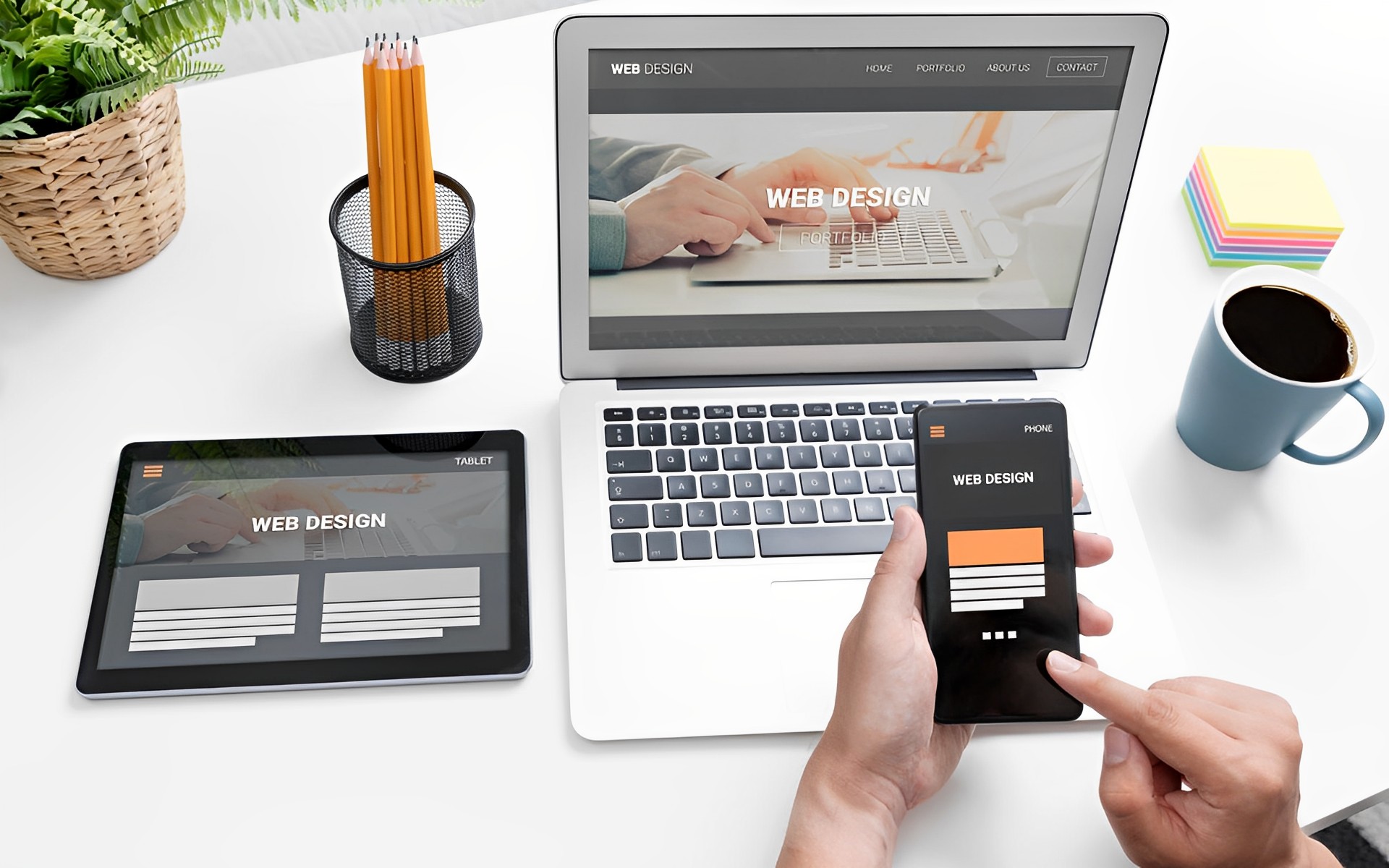A business website is a crucial tool in today’s digital world. It helps out companies or entrepreneurs in reaching out to new customers, showcase their brand, and provide a great experience for visitors, but in order to experience its benefits, it’s a must to have a design, known as UI/UX, that’s nice, considering that it plays a big role in making a strong first impression.
Thanks to a well-designed website, it can attract and retain customers, establish a positive brand image, and make navigating the site easy and enjoyable. While those are all the benefits that you can get with something that’s already well-built, what about those that are trying to enhance their platforms?
In this article, we will explore several ways to enhance your website’s UI/UX design and stand out from the competition.
10 Things You Can Do To Enhance The UI/UX Of Your Business Website
If you are planning to enhance your website but are wondering how to do it, don’t worry, we got you. Here are some of the many things that you can do in order to enhance the UI/UX Design of your business website:
Simplicity is Key
A website that is cluttered or overly complex can be overwhelming for those that are visiting your website and it can detract from the overall user experience. This is why when designing your website, it is necessary to prioritise simplicity and make sure that the content is well-organised and easy to understand.
Make sure that you avoid using too many graphics, animations, or other elements that can slow down the website and make navigation more difficult. Instead, focus on creating a clean and straightforward design that is easy on the eyes and quick to load.
Aesthetics Matter
A well-designed website should be visually appealing and reflective of your brand, which is why as the owner of your own business, try to use colours, images, and typography that are aesthetically pleasing and consistent with your brand image.
By doing this simple thing, you can help create a professional and memorable impression that sets you apart from your competition. Not only that but consider using high-quality images, graphics, and other visual elements that are relevant to your business and help to tell your story.
Clear Communication
Not only the designs, but the language used on your website should be clear and concise, which is why to try avoiding the use of technical jargon or complex language. This helps visitors quickly find the information they are looking for and understand what your business is all about.
Try to make sure that the content on your website is well-written and easy to read, using headings, subheadings, and bullet points to break up the text and make it easier to scan. Also before posting anything on your website, make sure that you check it out for plagiarism. Anything that’s plagiarised can put your website in a penalty, which means your SEO or marketing campaign can be jeopardised.
Intuitive Navigation
When designing a website, Hire UI UX Designers who should make sure that the navigation is intuitive and straightforward. By doing this, they are allowing visitors to easily find the information they need, regardless of their prior experience with your website.
So when you’re trying to enhance your business website, make sure that the menu is well-organised and that the links are clearly labelled and easy to follow. Also, if possible try considering using drop-down menus or other elements to help visitors quickly access the information they need.
Mobile Optimization
There are more than 4 billion mobile phone users out there, which is why optimising your website properly is a must.
As more and more people are accessing websites from their mobile devices, it has become important to ensure that your website is optimised for mobile devices. This means that your website should be designed to be responsive, adapting to the screen size and orientation of the device being used to access the site.
Consider using a mobile-first approach when designing your website to ensure that the user experience is consistent and optimised for all devices.
Speed is Essential
A slow business website can be extremely frustrating for visitors and it can negatively impact the user experience in a huge way, which is why when trying to enhance your website make sure your website loads quickly and efficiently, using techniques such as caching and image optimization to minimise page load times.
If possible, try to consider using a content delivery network (CDN) to help distribute your content more efficiently and ensure that your website is fast and responsive, regardless of where your visitors are located.
Details Make a Difference
Small details can have a big impact on the overall user experience, and that’s why it is necessary for business website owners to ensure that their website is well-designed and free of errors, such as broken links, missing images, or incorrect information.
It is necessary for website owners to regularly review their website in order to identify any areas for improvement and ensure that it is functioning as it should. If possible, consider using tools like Google Analytics to help track visitor behaviour and identify areas for improvement on your website.
User Testing Matters
Everything is about your users, which is why as a business owner you need to carry out user testing frequently so that it can help you identify areas for improvement and ensure that your website is meeting the needs of your target audience.
User testing involves asking a representative sample of users to interact with your website and provide feedback on their experience. This can help you identify any issues with navigation, content, or other aspects of the website and make changes to improve the overall user experience.
Accessibility Matters
The internet is used by all kinds of people, which is why business owners should make sure that their business website is accessible to everyone.
Ensure that your website is accessible to everyone, regardless of their abilities. This means using alternative text for images, using clear and concise language, and providing the option to adjust text size and font style.
It is necessary for you to consider using web accessibility guidelines, such as the Web Content Accessibility Guidelines (WCAG), to help ensure that your website is inclusive and accessible to all visitors.
Constantly Evolve
Finally, it’s important to continuously improve and evolve your website’s UI/UX design to keep pace with changing trends and the evolving needs of your visitors.
We know it’s going to cost you some money, but it is a must to regularly review and update your website to keep it relevant, user-friendly, and reflective of your brand no matter what time you’re in. Try seeking feedback from visitors and conducting regular user testing to identify areas for improvement and make changes to enhance the overall user experience of your website.
Conclusion
Enhancing your business website’s UI/UX design is crucial for providing a positive user experience and keeping visitors engaged. From simplifying navigation to ensuring accessibility, to incorporating responsive design and regularly seeking feedback, these 10 tips can help you create a website that not only looks great but also delivers a seamless user experience. By putting your visitors first, you can improve your website’s overall functionality, increase user satisfaction, and drive conversions.















